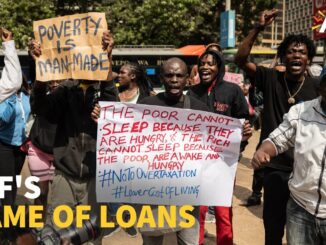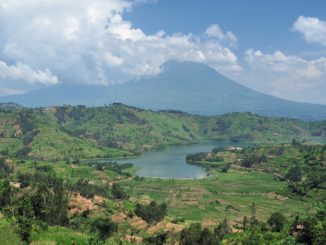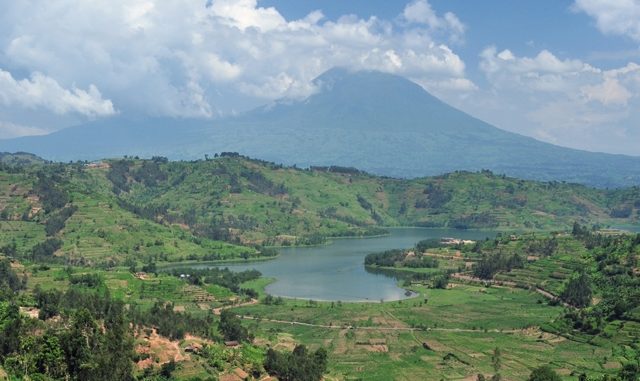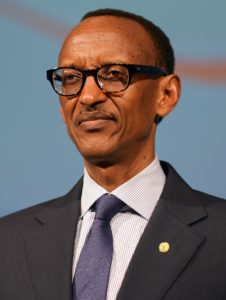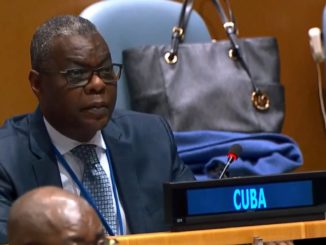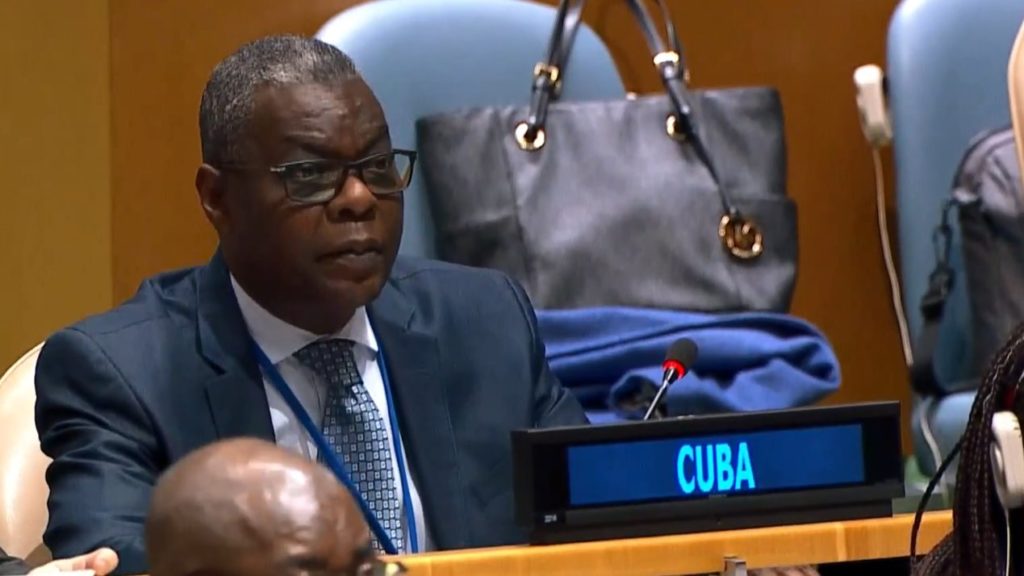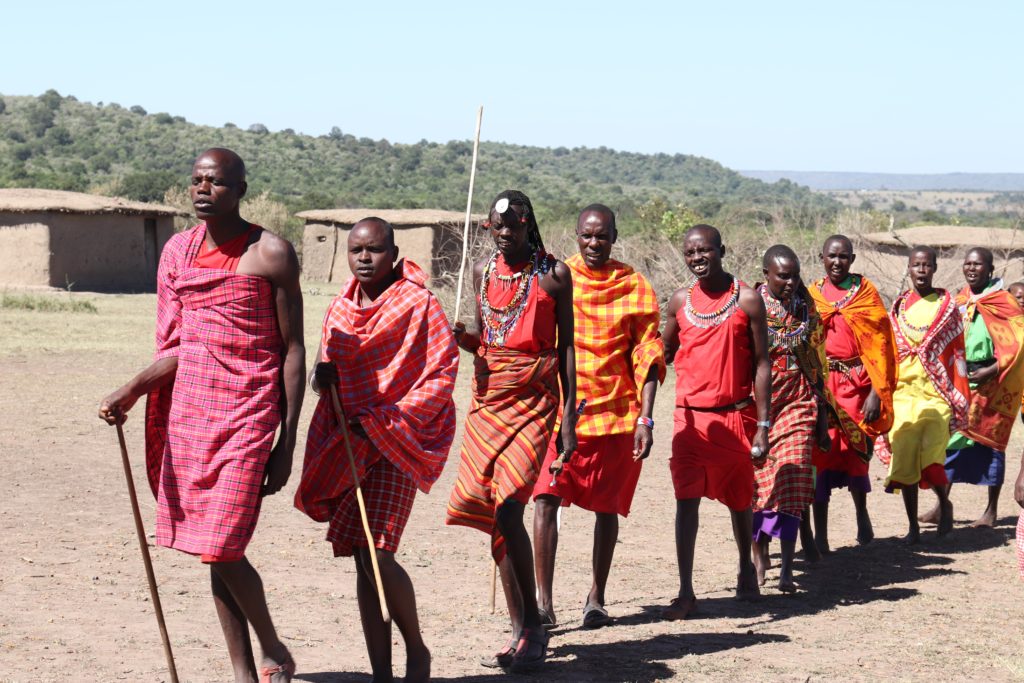
NAIROBI—Close to 500 organizations and 4,747 individuals recently petitioned the Tanzanian government to respect the rights of 70,000 Maasai pastoralists, who are at risk of being evicted from ancestral land because of the government’s collusion with big-game hunting interests.
The petition was delivered after a government official summoned on January 11 village and ward leaders within the 1,500 square kilometers in question, informing them the government would be making a decision for the interest of the country. Maasai residents are calling on President Samia Suluhu Hassan to drop the plans.
“The Maasai residing within the targeted Ngorongoro Conservation Area (NCA) are disallowed from building decent houses or even planting a tree, including even owning a motorbike,” Joseph Oleshangay, a lawyer representing the Maasai, told Toward Freedom. “Successive governments have eternally destined this community to remain impoverished. Now, this current move is a continuation of the abuse meted on the Maasai.”
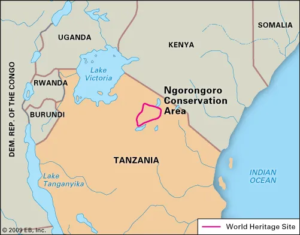
Royal Intervention
The Tanzanian government had planned to lease the 1,500 square kilometers of Maasai ancestral land to Otterlo Business Corporation (OBC), which a group of Dubai royal families own, according to the petitioners. But after evictions in 2009, 2013 and 2017, the Maasai sought legal recourse. A 2018 East African Court of Justice (EACJ) ruling placed an injunction, prohibiting the destruction of Maasai property, the harassment of the Maasai, and the eviction of the people as well as their more than 200,000 livestock. The injunction remains until the case arrives in court.
Despite several attempts, Tanzania’s Directorate of Presidential Communications declined to respond to Toward Freedom.
According to Oleshangay, with the government ignoring the court, the Maasai community has gone back to a regional court to seek protection and direction.
Within the three years the Maasai people have faced eviction, an estimated 15,000 people have been displaced from their homes.
Isaya Lesion, spokesperson for OBC and himself a Tanzanian national, told Toward Freedom that all the land in Tanzania belonged to the public and the president holds the land in trust of the citizens and may intermittently change its usage for the benefit of the country.
“It has happened before in Ihefu Basin, Mtwara and Kilobero, just to name a few places where evictions by the government have happened to pave the way for development on behalf of the nation.”
Lesion further says that the coterie of Civil Society Organizations (CSO), particularly in Tanzania, who are opposed to the eviction plans have “turned the Maasais into their milking cows, using them to secure funding from external donors. It’s a lucrative business and the key players, who disproportionately live in urban centers, live large as the Maasais continue languishing in poverty.”
However, human rights violations are the crux of the case against the government. Indigenous Maasai pastoralists are recognized as legal inhabitants of the land. About 2 million Maasai roam the arid and semi-arid parts of southern Kenya and northern Tanzania, making them one of the largest pastoral groups worldwide. The Maasai are among the Horn of Africa’s pastoralists and itinerant farmers who have lost access to grazing areas and farmlands because of land grabs.
“Any attempts to evict them will certainly be unlawful, unjust, and discriminatory under national law and the international human-rights obligations and commitments of the Government of Tanzania,” said Ann Henga, executive director of the Dar es Salaam-based Legal and Human Rights Centre (LHRC), in an interview with Toward Freedom.
Competing Interest
Hassan government announced plans to create a wildlife corridor, so OBC could use it for trophy hunting and tourism. The company describes itself on its Twitter account as “Sustainable Utilization (Hunting) and photography outfitters in Tanzania. Investors in Loliondo GCA hunting concession. 100% for wildlife conservation.”
Wildlife is 1 of the crucial aspect in our heritage as a country, we must invest and dedicate more in Anti-poaching and educating more people about the benefits of it. This wasn’t a successful raid b’coz the damage was already done, but it’s progress, consistency must be the key. pic.twitter.com/NjGrvN2gds
— Otterlo Business Corporation (@OBC_Tanzania) December 12, 2017
The government plans to lease to OBC the NCA, which encompasses the Loliondo division, among others. NCA is considered one of the most cinematic landscapes on the globe, with more than 1 million wildebeest migrating through the area every year. It is home to the critically endangered black rhino. In 1979, UNESCO declared the NCA a World Heritage Site.
Joan Carling, co-convener of Indigenous Peoples’ Rights International (IPRI), told Toward Freedom international attention appears to have stamped out eviction efforts.
“The inter-related reasons … are the pressure from UNESCO to address the growing number of humans in the area, which they consider a serious threat to the conservation of wildlife, and, in this sense, would affect the status of the park as a World Wildlife Heritage and Conservation area.”
NCA losing UNESCO recognition would mean fewer tourists. Loliondo is on the main migratory route for wildlife north of the Ngorongoro Crater, east of Serengeti National Park and south of Kenya’s Maasai Mara National Reserve.
In November 2017, the government ended a 25-year-old hunting tourism deal with OBC that reportedly was in exchange for millions of dollars to Tanzania’s armed forces.
The Gulf royal families gave $32,000 to the ruling Chama cha Mapinduzi (CCM) party and $2 million to the Ministry of Natural Resources and Tourism, according to government records The East African newspaper reports to have seen. The monies were given in 1994, according to the regional newspaper, which quotes then-Chief Opposition Chief Whip Tundu Lissu. He said he had interrogated the issue for the past 20 years, but because of the alleged chicanery involved in the deal, the government has kept the details of the engagement shrouded in mystery.
“Once again, the Maasai are facing eviction just to please the UAE royal family, underlining the Tanzanian government insensitivity towards the Indigenous pastoralists, as it clearly prioritizes tourism revenue over its people,” said Dr. Paula Kahumbu, a wildlife conservationist and Chief Executive Officer of Wildlife Direct, a nonprofit registered in both Kenya and the United States, in an interview with Toward Freedom.
Trophy Fees
Despite the November 2017 announcement, OBC did not leave Tanzania for a few days. But current Prime Minister Kassim Majaliwa said OBC would stay. In November 2018, Tanzania lifted a hunting ban, which had been imposed in October 2015 following abuse and misuse of hunting permits. The OBC had been granted an exclusive license to hunt in 1992 during the presidency of Ali Hassan Mwinyi.
The annual hunting license fee is $60,000 per block allocated to a hunting safari company. Trophy fees for hunting an elephant or a lion are the most expensive. It costs $15,000 to kill an elephant and $12,000 to kill a lion. Presently, Tanzania is focused on attracting tourists who can afford a 21-day hunting safari that costs about $60,000, excluding the cost of flights, gun import permits and trophy fees.
“The Maasai have been subjected to a series of human rights violations and violent evictions in the name of conservation and luxury hunting and safari tourism,” Chris Lang of news outlet REDD-Monitor told Toward Freedom. “The rights of Tanzania’s Indigenous peoples and Tanzanian law must come ahead of a deal with a luxury hunting tourism corporation.”
Charles Wachira is a foreign correspondent based in Nairobi, Kenya, and is formerly an East Africa correspondent with Bloomberg. He covers issues including human rights, business, politics and international relations.

